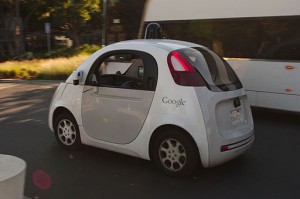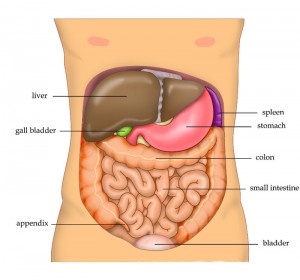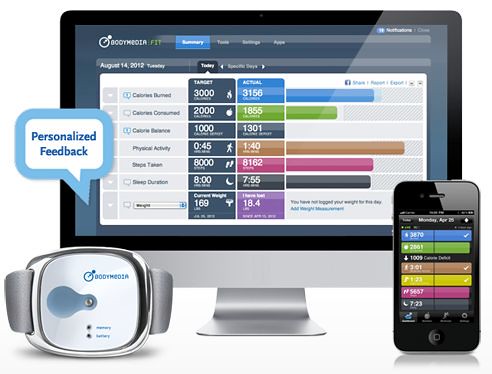
https://www.harwin.com/markets/space/space-craft/
Whenever we watch the movies like ‘Martian’ or ‘Interstellar,’ we want to know having sex in space will be possible or not. This is one of the most famous questions from the astronauts. Before understanding the scientific knowledge of gravity, we might think that we can have sex in space. However the answer for this question is no it is impossible to have sex in space. The reason is that the micro-gravity environment in space causes many problems. In this blog, I want to introduce the four main problems.
![http://www.nasa.gov/centers/glenn/shuttlestation/station/microgex.html [Micro-gravity in Space]](https://blogs.ubc.ca/communicatingscience2015w211/files/2016/01/601194main_kc135-microgravity-training-300x173.jpg)
http://www.nasa.gov/centers/glenn/shuttlestation/station/microgex.html [Micro-gravity in Space]

The second problem is sweat. This will be disgusting example if we have sex in space. Sweat tends to make many layers around the astronauts and making them sticky and wet. The reason is that the low gravity causes the sweat droplet do not fall to the ground and stick to the body. There is no pushing force like gravity; the droplets are only influenced by the adhesion force.

The third problem is that male testosterone levels decrease in space. This will diminish the sex hormones in space. NASA still could not discover why the testosterone levels decrease. However, when the astronauts return to the Earth, the testosterone levels reach to the normal state.
The last problem is with our heart and muscle. In space, our heart does not need to pump blood faster to the rest of our body. The reason is that the gravity does not push any blood flow to the lower part of body harder. Therefore, our hearts shrink when we are in space. Also our muscles become weaker because we do not use muscles to overcome the gravity. This is a huge problem when you have sex. The reason is that your heart rate suddenly increases and you breathe harder. Therefore, your body will become tired and muscles will decrease.
In the conclusion, through the micro-gravity issue, it is impossible to have a sex in space.

















